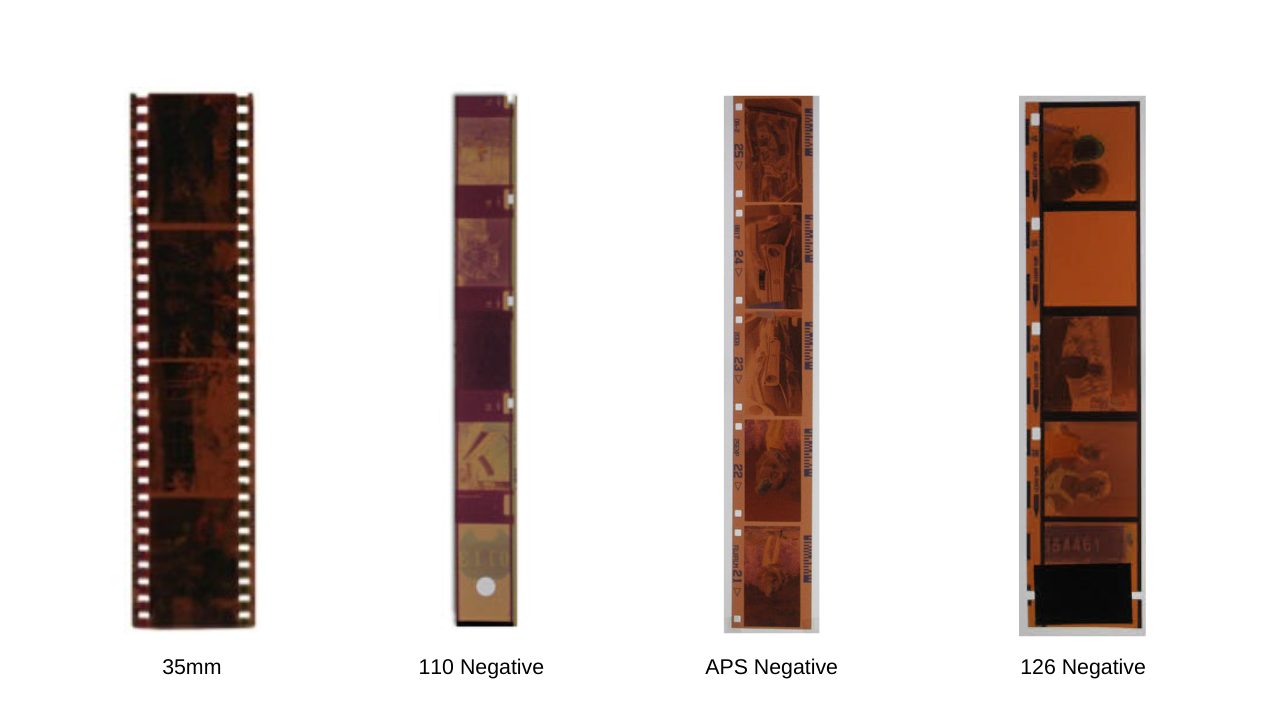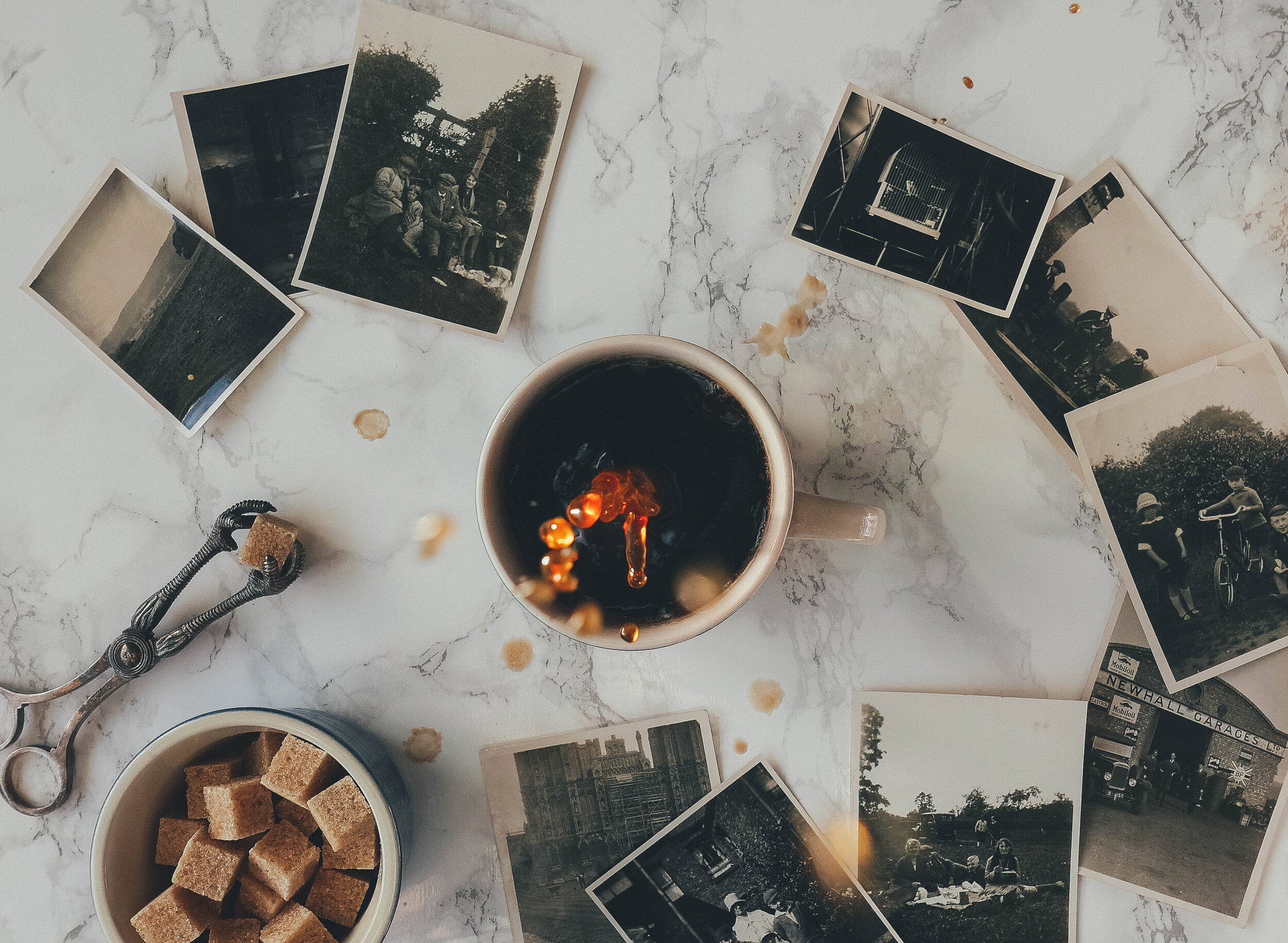Convert Photos to Digital Service
“If every company was as professional and courteous as DiJiFi we wouldn't need Yelp.” Jim R. - Yelp
“If every company was as professional and courteous as DiJiFi we wouldn't need Yelp.” Jim R. - Yelp
Our service to convert photos to digital formats will give you a disc or drive of your old photos, negatives, or slides, digitally archived and ready for devices we use every day. We can also edit and improve the old images to internet-friendly files for you to share through social media.
At DiJiFi, we do so much more than a simple photo scanning service would do. When you utilize our photo digitizing service, you can send us old photos, negatives, or slides. As photography has evolved, we will digitize photo negatives, slides, or photographs and convert them into a format that will allow you to carry these older analog photos with you on the modern devices you use daily.

Photo Prints
The ubiquitous printed photo. We scan anything up to about 14 x 20 inches. Color and detail are good, though often below that of film.
If you need prints of your digital files, we offer two great levels of service for printing - Standard & Archival.

Slides (Standard & Super)
Standard slides (left) have a frame that is roughly 1.5 inches wide and 1 inch tall, typically mounted in cardboard which is a 2 by 2-inch square.
Super slides (right) have a 2"x2" frame. which is larger than a typical 35mm slide.

Negatives
35mm negative film was the most used film format of the analog era. Typically cut into strips of 4-6 frames, with an equal frame size to slides.
Introduced by Kodak in 1972, 110 is essentially a miniaturized version of Kodak's earlier 126 film format. Each frame is 13mm × 17mm (0.51 in × 0.67 in), with one registration hole.
Advanced Photo System (APS) was first produced in 1996. It was marketed by Kodak under the brand name Advantix, by FujiFilm under the name Nexia, by Agfa as Futura, and by Konica as Centuri.
126 was introduced by Kodak in 1963, and is associated mainly with low-end point-and-shoot cameras. There are various things you can do with old negatives; follow the link to learn more.

Medium & Large Formats
We can even convert medium and large format negatives to digital! Generally, the term applies to negatives and transparencies larger than 24 by 36mm (used in 35mm photography), but smaller than 4 by 5 inches (which is considered large format).

Other Formats
Our service to scan photos to digital works with other formats as well. And we are up front about charges for extra work such as pulling prints from albums or scanning selected frames from a negative strip. We encourage you to write or call if anything is unclear.
There are many different ways to convert photos to digital formats. DiJiFi’s process strikes a perfect equilibrium between high-quality digital photos and affordable photo digitizing services.
We’ve tested every machine and done the comparisons. We use scanners that produce the best-looking images possible in this price range, and we back it up with great service. Our system and staff ensure every request is met and communication is made with honesty and respect.
Our culture is to focus on the relationship with the client as much as the digitization process itself. Just ask the internet!
We offer different resolutions and levels of service to meet the different needs of our clients. We also have a handy tool on our estimation page to help you determine which options may suit you best.

Raw
Raw service means we get the best possible scan from your photo, and only organize and rename them. You will need to rotate, crop out unwanted borders, and adjust color or contrast.

Direct
Our direct photo digitization service adds rotation and hand-cropping of unwanted borders from your digital images. Color and contrast adjustments are not made, so faded images still appear faded.

Complete
The complete photo digitization service adds hand adjustments to color and contrast. Faded images tend to have their original look restored, and under or overexposed images are improved.

Standard and Full Resolution
Standard Resolution extracts most of the useful detail from the image. Scans from slides and negatives can be printed over 5×7, and scans from prints can be reprinted at their original size. Full Resolution, on the other hand, will get every useful detail from the image and the scans will be future-proofed to display maximum fidelity on the next generation of digital displays such as 4K. The example image shown of grass and the front of a car is from a photo print scan and zoomed in heavily to show the difference between the two resolutions. Keep in mind you will not usually zoom this far into the image and the differences are more subtle for most uses.
Want the details? Here it goes. For our Standard Resolution, prints are scanned at 300 DPI, 35mm slides and negatives at 2500 DPI, medium format at 1500 DPI and larger negatives or transparencies at 600 DPI. Our Full Resolution is exactly double, except for 35mm, which is 4000 DPI (the maximum optical resolution of our Nikon scanners). We default to JPG files saved at Photoshop Level 10.

Image Restoration
Do you have photos that are heavily damaged and in need of more than just a basic scan? We can restore damaged photos back to their original state and make them brand new once again.